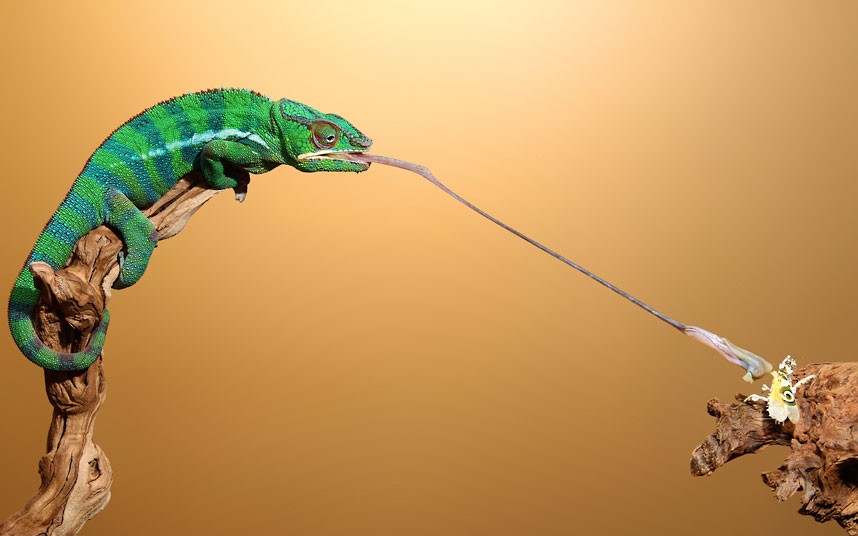-
Tips for becoming a good boxer - November 6, 2020
-
7 expert tips for making your hens night a memorable one - November 6, 2020
-
5 reasons to host your Christmas party on a cruise boat - November 6, 2020
-
What to do when you’re charged with a crime - November 6, 2020
-
Should you get one or multiple dogs? Here’s all you need to know - November 3, 2020
-
A Guide: How to Build Your Very Own Magic Mirror - February 14, 2019
-
Our Top Inspirational Baseball Stars - November 24, 2018
-
Five Tech Tools That Will Help You Turn Your Blog into a Business - November 24, 2018
-
How to Indulge on Vacation without Expanding Your Waist - November 9, 2018
-
5 Strategies for Businesses to Appeal to Today’s Increasingly Mobile-Crazed Customers - November 9, 2018
Smaller Chameleons Have Amazingly Powerful Tongues
A chameleon tongue uses unique elastic tissues to produce an incredible amount of force and acceleration. Furcifer oustaleti, a 60cm-long species that was the largest one Anderson studied, had peak acceleration rates 18 per cent less than Rhampholeon spinosus.
Advertisement
“Smaller species have higher performance than larger species”, said Anderson, a postdoctoral research associate in the Department of Ecology and Evolutionary Biology. Small animals need to consume more energy per body weight to ensure survival, and the longer and more powerful tongue may provide them the needed advantage.
“I expected to find that these smaller species would have higher accelerations and higher power outputs … but I really had no idea how high it would be”, he said.
Previous results had found that larger chameleons’ tongues could stretch up to twice the length of their bodies, with an acceleration of 486 meters per second squared, or 50 G. But his measurements showed that the smallest species performed best – some could actually stretch their tongues up to 2.5 times their body length and shoot their tongues out at accelerations of 2,590 meters per second squared, or 264 G. Scientists have discovered the true extent of the chameleons’ awesome capability for using their tongue as a type of sticky whip to capture insects. The potential energy of these elastic tissues is what gives the chameleon tongue flick its oomph.
For his research, Anderson used 20 species of differently sized chameleons and video taped them shooting their tongues at a cricket.
It was determined that the species with the most remarkable characteristics was also the smallest one included in the study: Rhampholeon spinosus (the rosette-nosed chameleon). However, even if their tongue accelerates faster than that of the studied chameleon, salamanders are amphibians. While also impressive, the larger chameleons in the study could not match their smaller cousins. If the chameleon’s tongue was a auto, it could go from 0 to 100km/h in a hundredth of a second – but as it stands, the organ only has to accelerate for a few milliseconds before it hits its delicious insect target.
For instance, the tongue of Rhampholeon spinosus, an endangered chameleon from Tanzania and the smallest in the experiment, produced a peak acceleration 264 times greater than the acceleration due to gravity. Instead, they preload most of the energy they need into elastic tissues in their tongue.
Anderson said there is an evolutionary explanation for this.
Advertisement
Then he perched them one by one in front of a camera that shoots 3,000 frames a second. Chameleons are to remain the fastest and most powerful muscle accelerators in the world of vertebrates. “To do so, the tongue is rapidly accelerated off the hyoid with the tongue subsequently traveling to the prey on its momentum alone”, Dr Anderson said. According to Anderson’s calculations, R. spinosus’ tongue has the highest power output per mass (14,040 Watts per kilogram) of any known reptile, bird or mammal.




























